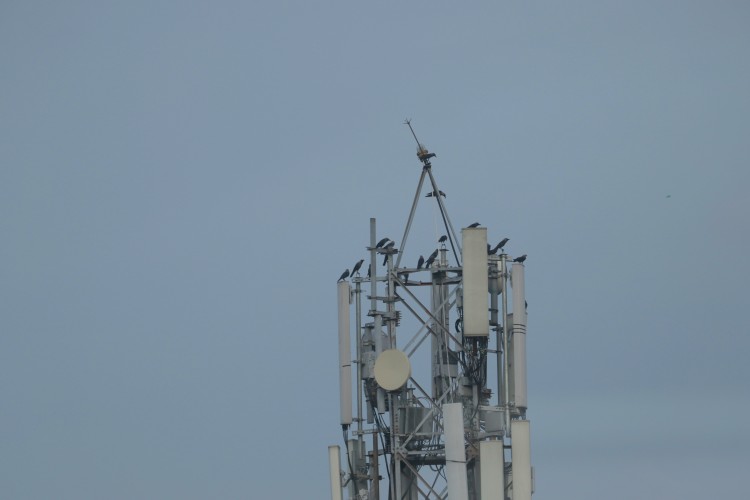The Union government is in the process of updating the National Frequency Allocation Plan, a crucial policy document that outlines the future spectrum usage roadmap. Simultaneously, it is crafting a draft Telecom Bill that brings spectrum allocations under telecom regulation. The revamped NFAP will encompass spectrum usage by various national authorities, including telecom, space, information and broadcasting, and defence ministries. NFAP is also expected to place a stronger emphasis on fostering innovation and research in radio astronomy and deep space communications.
One of the proposed revisions involves opening up additional frequency bands and establishing a clear framework for satellite spectrum allocation – a highly anticipated development for the industry. The NFAP serves as a comprehensive regulatory framework, delineating which frequency bands are available for various purposes, including cellular mobile service, Wi-Fi, sound and television broadcasting, radionavigation for aircraft and ships, defence and security communications, disaster relief, emergency communications, and satellite broadcasting.
READ | Laptop imports: India’s shifting stance creates confusion
The last revision of the NFAP was in October 2022, during which officials hinted that the next iteration might shed light on whether satellite spectrum should be allocated administratively or auctioned. This issue remains a point of contention within the draft Telecom Bill, with major industry players like Reliance Jio and Tesla’s Starlink advocating different positions. While Jio pushes for an auction to level the playing field, anticipating satellite communication companies offering voice and data services, Starlink and OneWeb prefer spectrum allocation, aligning with the global trend.
How spectrum allocation works
Spectrum auctions are pivotal events for telecom companies, as they ensure the availability of airwaves necessary for seamless operations, enabling devices such as cell phones and wireline telephones to connect without interference. Since these airwaves are government-owned, auctions are conducted to allocate them. With the increasing number of cell phone, wireline telephone, and internet users, the demand for additional spectrum grows. Typically, these airwaves are sold for a set duration, often around 20 years, after which their validity expires. In addition to acquiring new spectrum, companies must also allocate resources to maintain their existing spectrum holdings.
In the upcoming spectrum allocation rounds, the focus is expected to shift towards newer spectrums suitable for 5G deployment, with the next round scheduled for the current financial year. The industry has expressed consistent demand for additional spectrum bands, such as the 26 GHz (gigahertz) band, as identified by the International Telecom Union (ITU) for 5G deployment and included in the NFAP 2022. The new NFAP may introduce even more bands, with the government actively identifying potential additions.
Last year, a significant auction for 5G spectrums was conducted in July. All registered telecom firms acquired 5G spectrum, with the 26 GHz band receiving considerable attention due to its efficiency for 5G services. Officials have hinted that other portions of this band may also be allocated in the upcoming round, as both Reliance Jio and Bharti Airtel expand their 5G networks.
While certain constraints have been addressed by the government, such as increasing spectrum availability and streamlining payment terms, some issues still warrant attention to ensure the growth of the Indian telecom industry. One of these issues is the reserve price of spectrum, which has been a bone of contention. Telecom operators have consistently called for a substantial reduction in the reserve price, but reductions have been modest, around 35-40%, leaving unsold inventory in auctions and exacerbating the financial burden on already heavily indebted telcos.
Additionally, the government has introduced a mechanism for enterprises, primarily tech companies, to directly obtain spectrum from the Department of Telecommunications for purposes like the Internet of Things (IoT) and machine-to-machine communications. While this offers an additional revenue stream for the government, telecom companies fear potential revenue losses, as around 40% of 5G revenues are derived from enterprise services.
Another source of contention in spectrum allocation pertains to satellite communication, distinct from cellular services. As previously mentioned, the debate centres around whether satellite spectrum should be allocated or auctioned. It iscrucial for the government to recognise that satellite services differ significantly from cellular services and should be treated differently. Satellite spectrum is a valuable resource that should not be granted to a single bidder solely based on financial considerations. Instead, a judicious approach that allows multiple players to utilise this resource should be pursued.
There are also plans afoot at the Telecom Regulatory Authority of India yo allocate the lower end of the 6GHz spectrum band for WiFi and similar unlicensed uses, in line with global practice. A white paper released on Wednesday says India has released much less spectrum to such uses compared with the developed markets. major economies. The document said the US has allotted the entire 6GHz band for unlicensed uses, while China will use the entire spectrum for 5G services.

